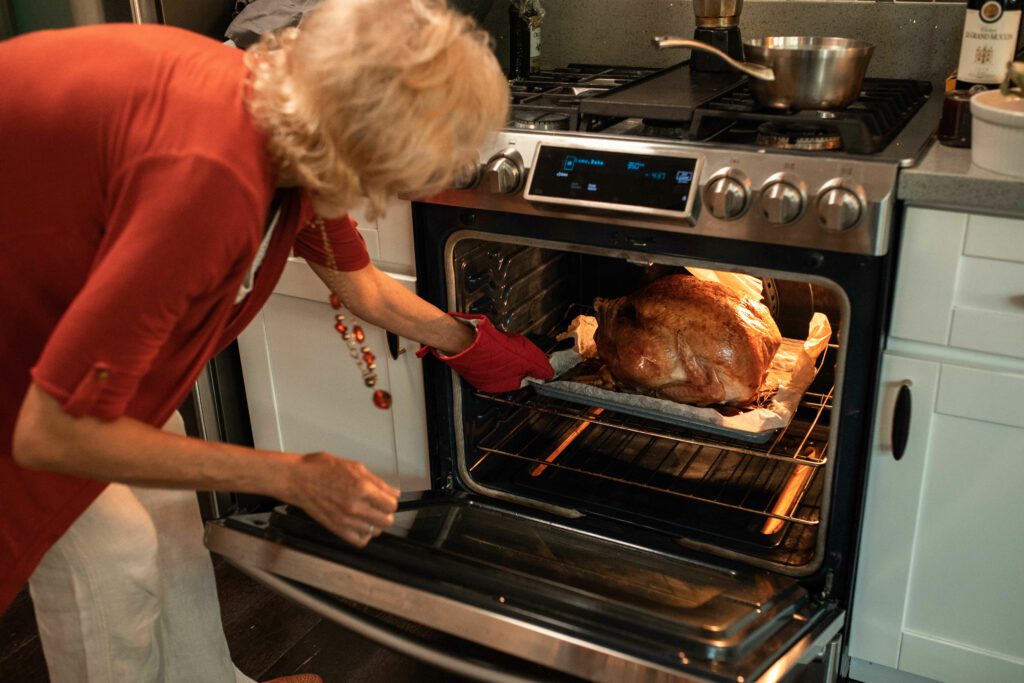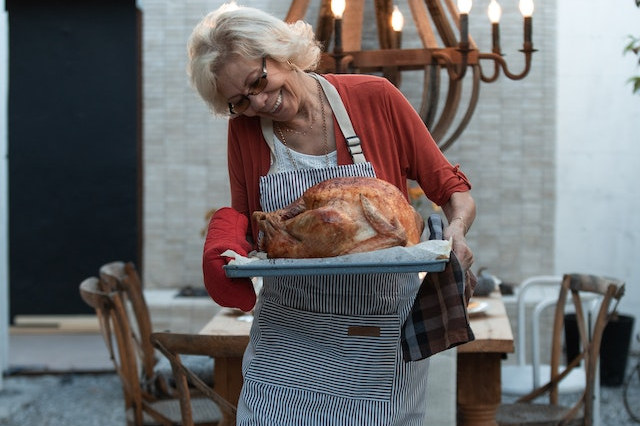Cooking a turkey, especially for an occasion like Thanksgiving, can be a nerve-wracking experience. The last thing you want is to make anyone sick or, in the worst-case scenario, have a cooking turkey disaster. This guide aims to relieve those fears by giving you essential tips on turkey cooking times, temperatures, and various methods to ensure that your turkey is not just delicious but also safe to eat.
What are the Key Factors to Consider for Oven Cooking Times?
The first rule is to make sure your turkey is fully thawed; uneven cooking could occur if the turkey is partially frozen. While microwave thawing is quicker, it’s not recommended due to the risk of uneven cooking. The roasting time can be influenced by many variables, such as whether the bird is stuffed, the type of oven used, and even the altitude at which you are cooking.
Tip: If you’re unsure, plan for approximately 15 minutes of cooking time per pound of turkey when roasted at 325°F.
What’s the Optimal Temperature for Cooking a Turkey Safely?
While outdoor temperature and equipment type can affect the cooking time, maintaining a consistent oven or smoker temperature is crucial for safe cooking. The internal temperature of the turkey must reach at least 165°F (74°C) to ensure it’s safe to eat.
Tip: Always use a food thermometer to check the internal temperature. Insert it into the thickest parts of the turkey, avoiding bone, to get an accurate reading.
What are Some Alternative Methods to Traditional Oven Roasting?
Oven Cooking Bag Method
Using an oven cooking bag can be both safe and delicious. It helps to trap moisture, resulting in a juicier turkey. However, make sure there is enough space in the oven for the bag to expand without touching the oven walls, as it can melt.
Paper Bag Method
This method involves cooking the turkey at a very low temperature inside a large brown grocery bag. It’s considered risky due to the potential for uneven cooking and the bag catching fire. It’s generally not recommended for safety reasons.
Can You Baste the Turkey During Cooking?
Basting can add flavor but isn’t necessary for moistness. If you choose to baste, do so every 30 minutes, but remember that opening the oven frequently can prolong the cooking time. Some people opt to cover the turkey with foil for most of the cooking time, uncovering it for the last 30 minutes to crisp the skin.
Are There Special Considerations for Cooking a Thanksgiving Turkey?
If you’re cooking a particularly large bird, be cautious. The internal and external temperatures may vary, causing uneven cooking. Always prioritize internal temperature over cooking time to ensure safety. If you’re stuffing the turkey, be aware that this will increase the cooking time and the stuffing must also reach an internal temperature of 165°F (74°C).
What if I’m a Novice at Cooking?
Don’t worry! Turkey cooking is more about following guidelines and less about culinary expertise. Make sure you read up on these rules well ahead of the big day to feel more confident. You don’t need to be a chef to cook a tasty and safe turkey.
Safeguarding Your Turkey Cooking Process
Cooking a turkey involves multiple variables, from size and stuffing to cooking method and equipment. Always adhere to food safety guidelines to avoid the risk of foodborne illnesses. And remember, no matter how you’re cooking your turkey, always ensure it reaches the safe internal temperature of 165°F (74°C). Following these guidelines will not only give you a delicious turkey but also peace of mind, knowing that you’re serving a meal that’s both tasty and safe.


